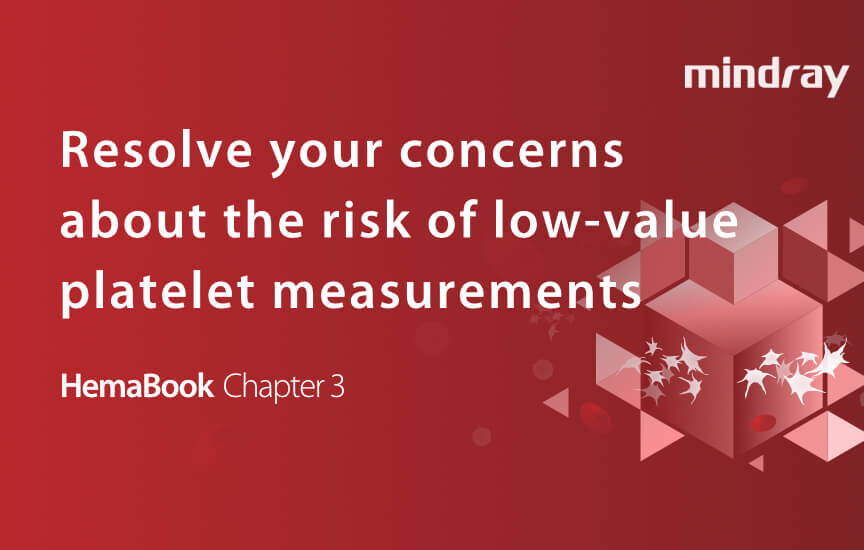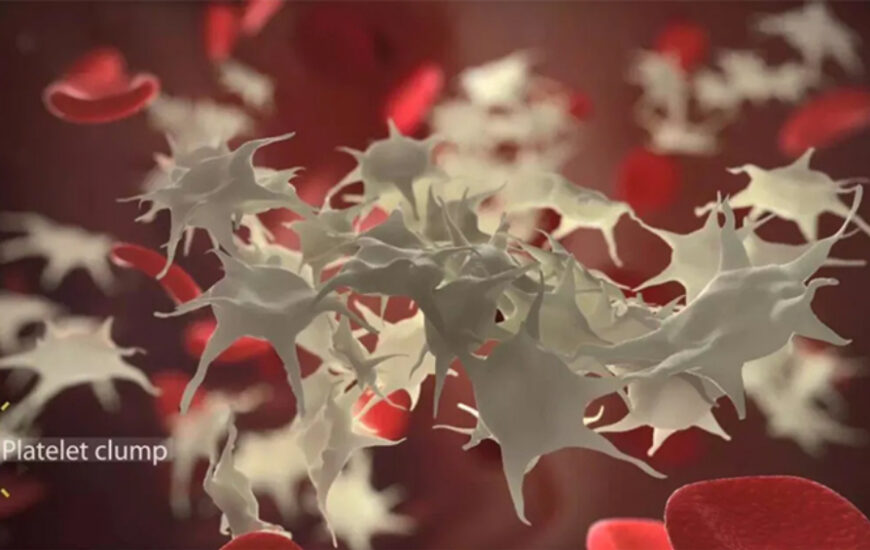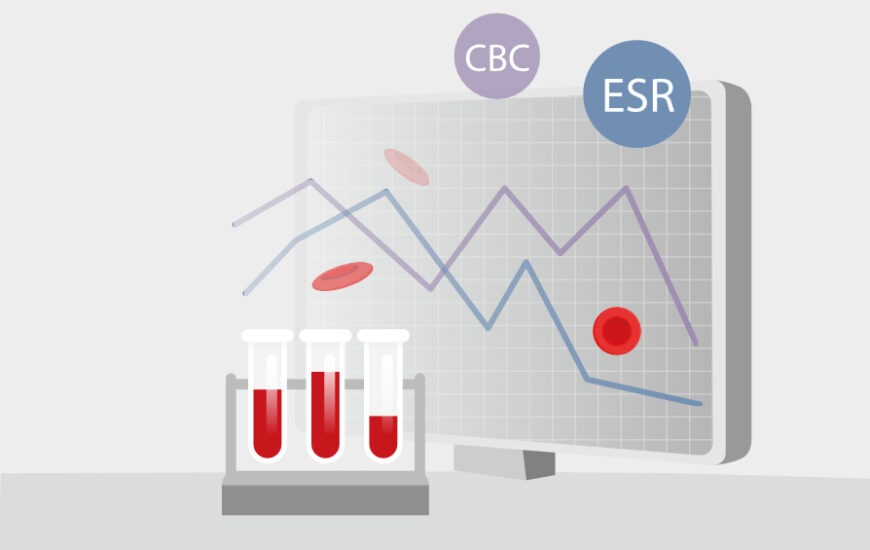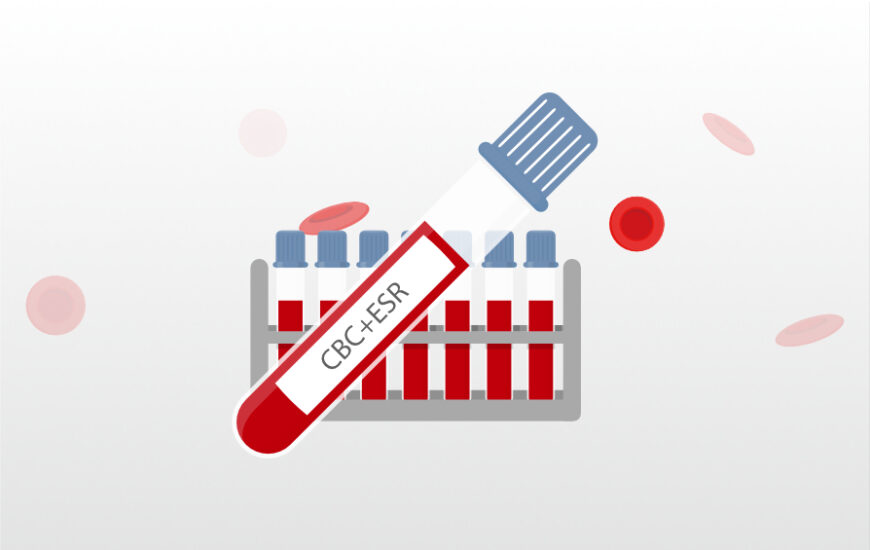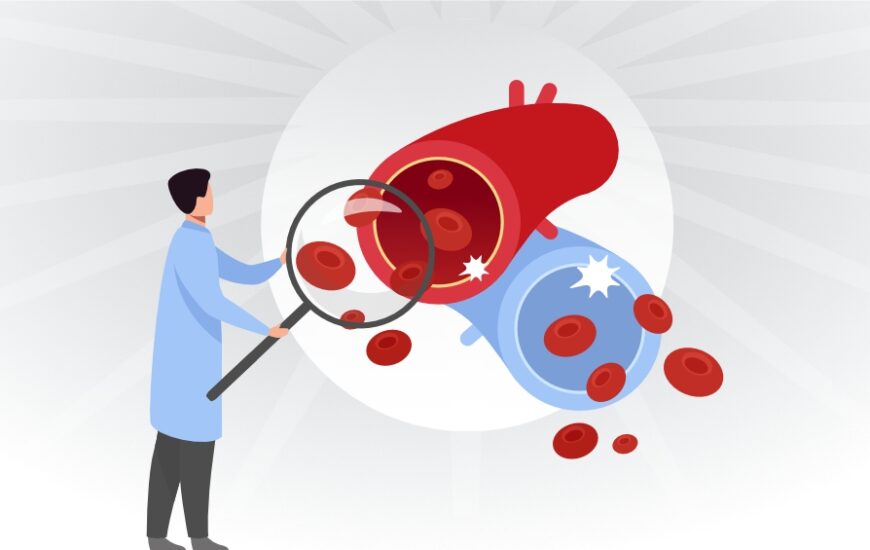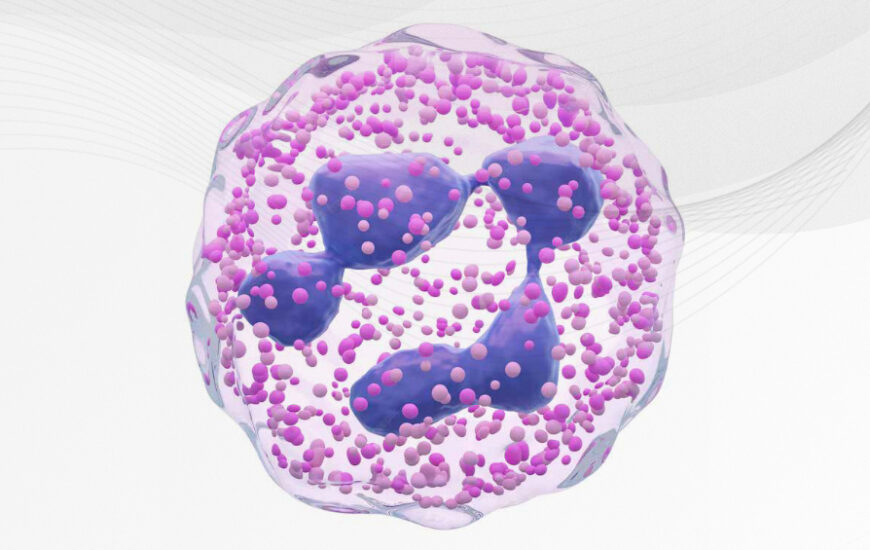When the platelet (PLT) count is extremely low, is platelet transfusion really required? Let’s analyze the following case, which tells us a different answer. Case background A 49-year-old woman went to the emergency department due to transient cognitive disorder. She...
- July 20, 2023
- 4 Min Read
When the platelet value is low, patients are at risk of bleeding. Bleeding in vital organs is life-threatening. According to Giuseppe Lippi and other professors, there is no universal agreement on the definition of platelet transfusion thresholds.[1] However, the degree...
- July 20, 2023
- 4 Min Read
Ethylenediaminetetraacetic Acid – Pseudothrombocytopenia (EDTA-PTCP) is a laboratory artifact that may lead to an incorrect evaluation and unnecessary treatment of patients. Which of the following method (or methods) would you take to correct platelet counts in case of an EDTA-induced...
- July 20, 2023
- 5 Min Read
Thrombocytopenia is a condition characterized by abnormally low levels of platelets in the blood. However, falsely low platelet counts, or pseudothrombocytopenia (PTCP), though easily unrecognized, are found in clinical cases. It is an in vitro phenomenon caused by platelet clumping...
- July 20, 2023
- 4 Min Read
Three routine laboratory tests Blood, urine and feces analysis are the three common tests in clinical laboratories. Among them, blood testing is the most important way to keep track of one’s overall physical well-being. In the past, routine blood tests...
- July 19, 2023
- 4 Min Read
In the last two chapters, we talked about what ESR is and the applications of ESR, CRP and CBC analysis. ESR is an acute phase reactant and serves as a marker for inflammation. It correlates with disease activity and response...
- July 19, 2023
- 2 Min Read
Hemostasis and coagulation are the main functions of platelets (PLTs). Thrombocytopenia is a common cause of bleeding. A PLT count from 20 to 50×109/L may indicate mild or surgical bleeding. If it is lower than 20×109/L, this may indicate severe...
- July 19, 2023
- 4 Min Read
About Thrombocytopenia Thrombocytopenia is the disorder of platelet count decreased possibly caused by a variety of pathophysiological mechanisms, including pseudothrombocytopenia, hemodilution, decreased platelet generation, increased platelet consumption, increased platelet sequestration, and increased platelet destruction. Figure 1. Possible symptoms of thrombocytopenia...
- July 19, 2023
- 6 Min Read


